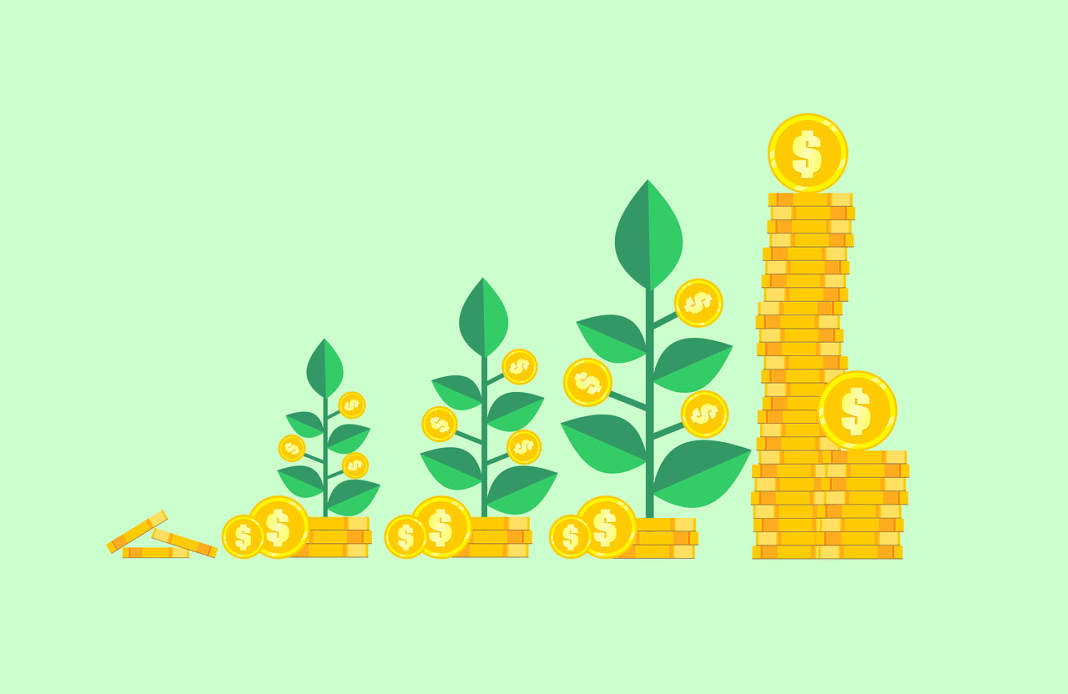The World Bank announced that it will launch a new trust fund intended to pool public funds to provide grants for carbon emissions reduction projects.
The grant will include projects that seek to decommission coal-fired power plants.
The World Bank New Trust Fund
David Malpas, the World Bank Group (WBG) President, stated in a post:
“To mobilize the huge funding needed to reduce greenhouse gas emissions, we are presenting this week a new multi-partner fund hosted by the WBG that seeks to catalyze transformative climate action by deploying Results-Based Climate Finance (RBCF) at scale…”
The new facility is dubbed the “Scaling Climate Action by Lowering Emissions” or SCALE. It will be the new umbrella trust fund for the WB’s results-based climate finance projects.
SCALE will bring together funding from the global community, making it available for scalable projects to cut down carbon emissions.
The bank also said that the fund would deliver several results, including:
- Bring new resources to emissions reduction projects in low- and middle-income countries,
- Help generate larger projects,
- Generate high-quality carbon credit assets, and
- Help countries enhance access to international carbon markets.
SCALE is integrated within the WBG’s climate change operations.
Governments can then use the grant for lower carbon development. They may also use it to cover part of the interest payments of emissions reduction projects.
More importantly, countries can leverage SCALE to generate carbon credits that count toward their Nationally Determined Contributions (NDCs) commitments.
They can also trade the verified credits in international carbon markets, both in compliance and voluntary carbon markets.
- In a sense, the World Bank’s SCALE can help bridge the gap between the demand and supply of high-quality carbon credits, as well as unlock more financing from the private sector.
The trust fund builds on the WBG’s experience of employing RBCF to support developing countries with programs that generate high-integrity emissions reduction credits.
What is Results-Based Climate Finance (RBCF)?
About 95% of international public climate finance is provided upfront before a project becomes operational. On the contrary, RBCF is paid after results are achieved or upon meeting interim milestones.
In other words, RBCF provides grant payments for achieving pre-agreed climate-related results. Verified emissions reductions are an example.
- Results in RBCF refer to any milestone that indicates progress toward reducing emissions.
According to World Bank:
“Results-based climate payments could accelerate the phase-out of coal-fired power plants by monetizing, in the carbon markets, the Emission Reductions Credits generated by the transition away from coal.”
Also, the bank identified three key areas where RBCF grants are most suitable. They are:
- Natural climate solutions based on agriculture, forestry, land use and oceans
- Sustainable infrastructure in energy, water, transport, and urban
- Fiscal and financial solutions that directly or indirectly mobilize resources for climate actions, such as carbon taxes.
The U.S. Treasury Secretary Janet Yellen urged the World Bank and other multilateral development banks to change their business models.
They have to go beyond the national boundaries of project finance and attract lending to tackle climate change and other pressing global concerns.
The planet’s biggest lender had provided more than $30 billion in RBCF as of June 2022. But it didn’t disclose the estimated size for SCALE.
The organization said that they’re in the process of capitalizing the new trust fund, aiming to launch it at the approaching COP27 in Egypt next month.
Once implemented, SCALE will be a “one-stop shop” for all World Bank-administered RBCF.
Ultimately, it will not just be a source of climate finance but also a tool for policy dialogue and broader engagement to promote low-carbon development.

